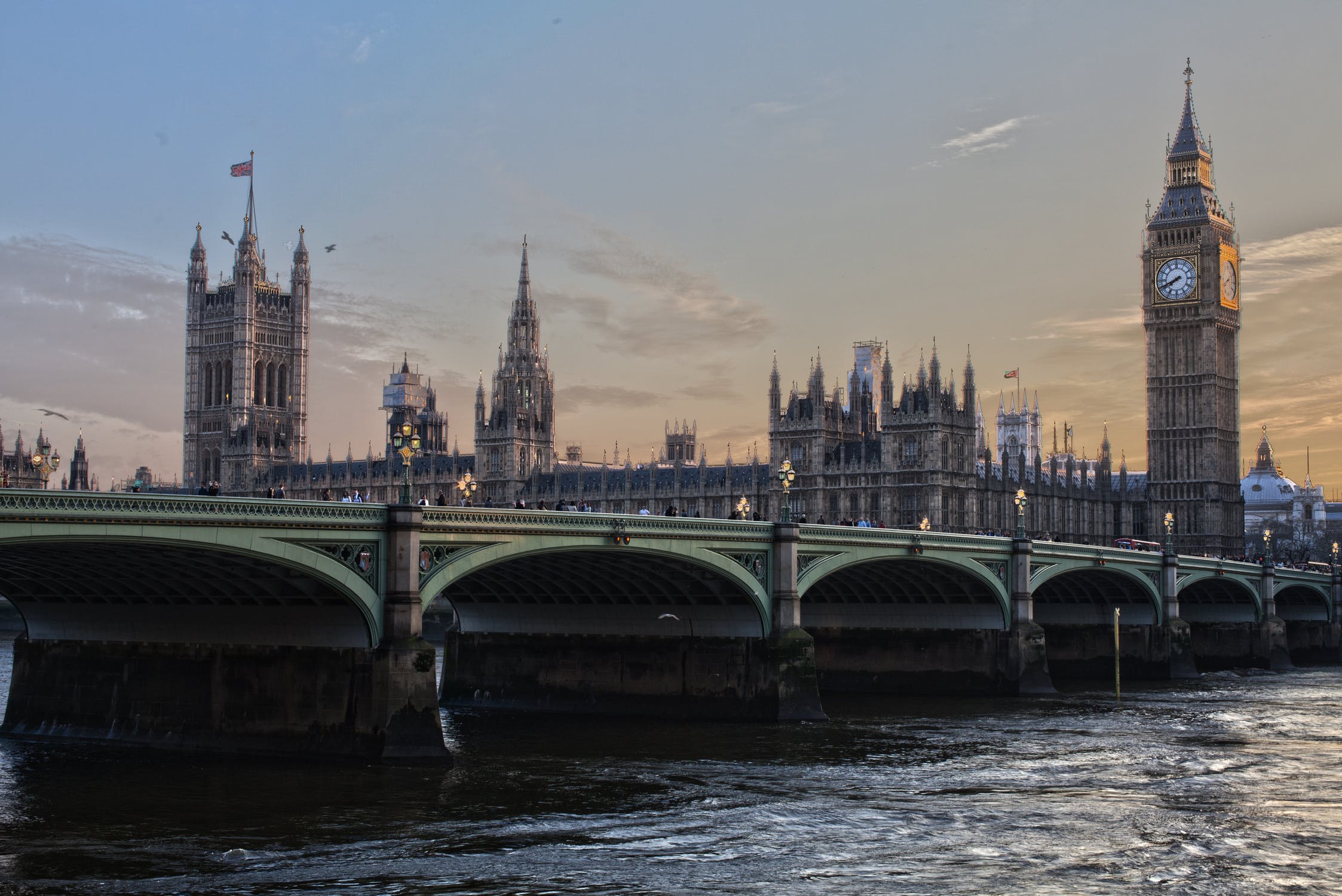Government borrowing reached £8.8bn in January, the highest January borrowing total since monthly records began in 1993, according to new figures published by the Office for National Statistics (ONS).
The total was £18.4bn more than in January 2020 and also represented the first January deficit for 10 years, as the government continued to fight the cost of COVID-19 support measures.
Central government tax receipts are estimated to have been £63.2bn in January, a figure £0.8bn lower than in January 2020, with notable falls in taxes on production such as Value Added Tax (VAT) and Business Rates.
The figures also revealed that self-assessed Income Tax receipts were £16.8bn in January 2021, which was £1.4bn more than in January last year, but the government spent £19.7bn more than last year on support measures such as the furlough scheme.
The ONS stated that coronavirus has had a “substantial impact” on the economy and subsequently on public sector borrowing and debt, but warned that despite the impact of the pandemic on public finances becoming clearer, its effects are not fully captured in this latest release – meaning that estimates of accrued tax receipts and borrowing are subject to “greater than usual uncertainty”.
The latest official forecasts, which were published by the Office for Budget Responsibility (OBR) on 25 November, indicated that the £270.6bn borrowed by the public sector in the financial year to January 2021 could reach £393.5bn by the end of March.
The OBR is set to publish an updated set of forecasts alongside the Budget on 3 March.
Latest News
-
House prices continue to drop in December – Halifax
-
Retail investors add £530m to funds in November
-
Building Societies Association appoints two new deputy chairs
-
Advisers expect investment markets to be ‘more volatile’ in 2026
-
Three quarters of mortgage brokers report rising demand from overseas
-
Perspective Financial Group and DJH launch wealth management offering
Perenna and the long-term fixed mortgage market

Content editor, Dan McGrath, spoke to head of product, proposition and distribution at Perenna, John Davison, to explore the long-term fixed mortgage market, the role that Perenna plays in this sector and the impact of the recent Autumn Budget
The role of the bridging market and technology usage in the industry
Content editor, Dan McGrath, sat down with chief operating officer at Black & White Bridging, Damien Druce, and head of development finance at Empire Global Finance, Pete Williams, to explore the role of the bridging sector, the role of AI across the industry and how the property market has fared in the Labour Government’s first year in office.
NEW BUILD IN FOCUS - NEW EPISODE OF THE MORTGAGE INSIDER PODCAST, OUT NOW

Figures from the National House-Building Council saw Q1 2025 register a 36% increase in new homes built across the UK compared with the same period last year, representing a striking development for the first-time buyer market. But with the higher cost of building, ongoing planning challenges and new and changing regulations, how sustainable is this growth? And what does it mean for brokers?
Does the North-South divide still exist in the UK housing market?

What do the most expensive parts of the country reveal about shifting demand? And why is the Manchester housing market now outperforming many southern counterparts?
In this episode of the Barclays Mortgage Insider Podcast, host Phil Spencer is joined by Lucian Cook, Head of Research at Savills, and Ross Jones, founder of Home Financial and Evolve Commercial Finance, to explore how regional trends are redefining the UK housing, mortgage and buy-to-let markets.
In this episode of the Barclays Mortgage Insider Podcast, host Phil Spencer is joined by Lucian Cook, Head of Research at Savills, and Ross Jones, founder of Home Financial and Evolve Commercial Finance, to explore how regional trends are redefining the UK housing, mortgage and buy-to-let markets.
© 2019 Perspective Publishing Privacy & Cookies










Recent Stories